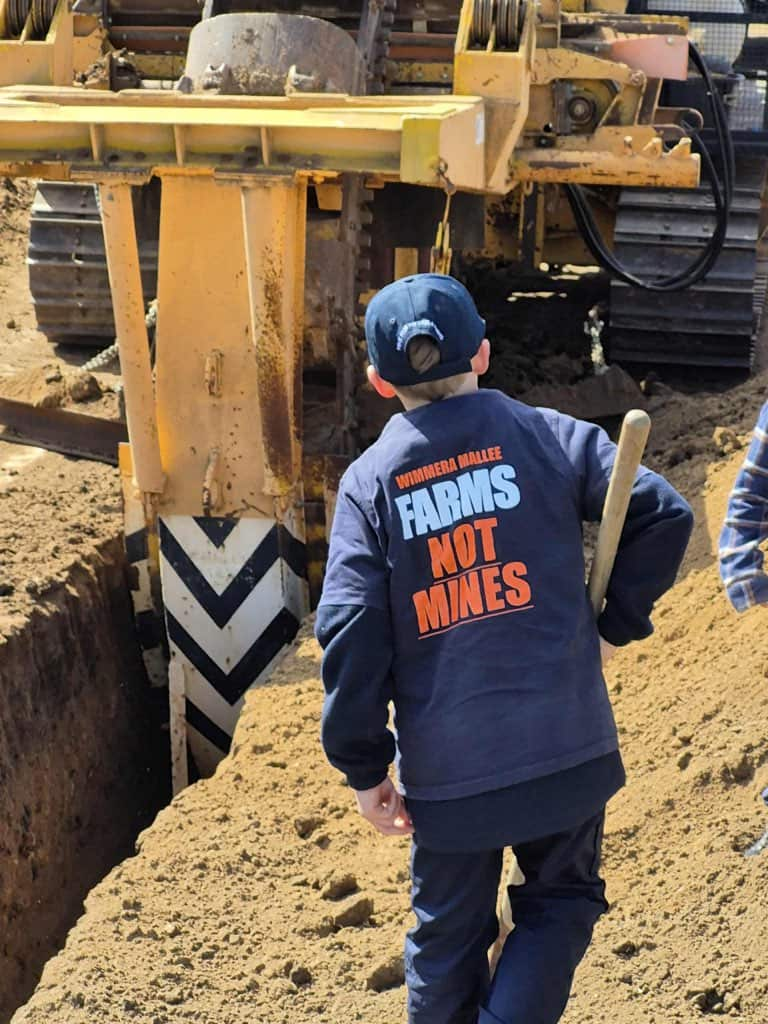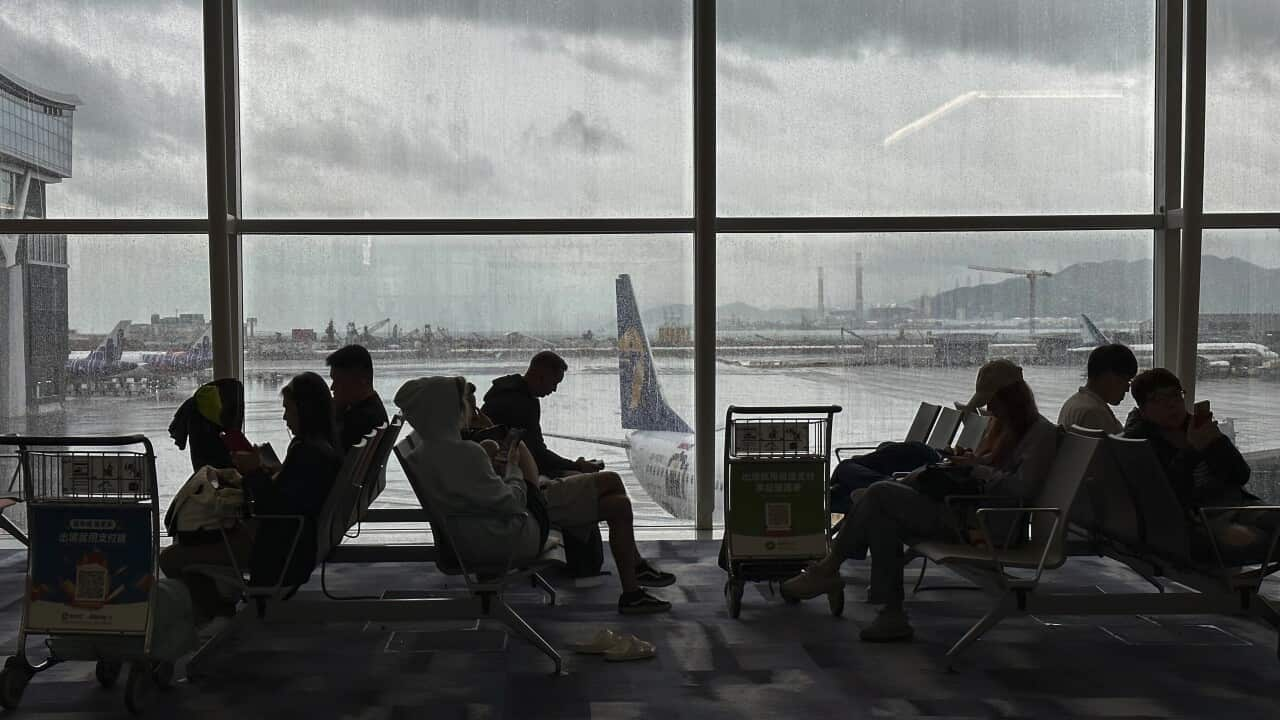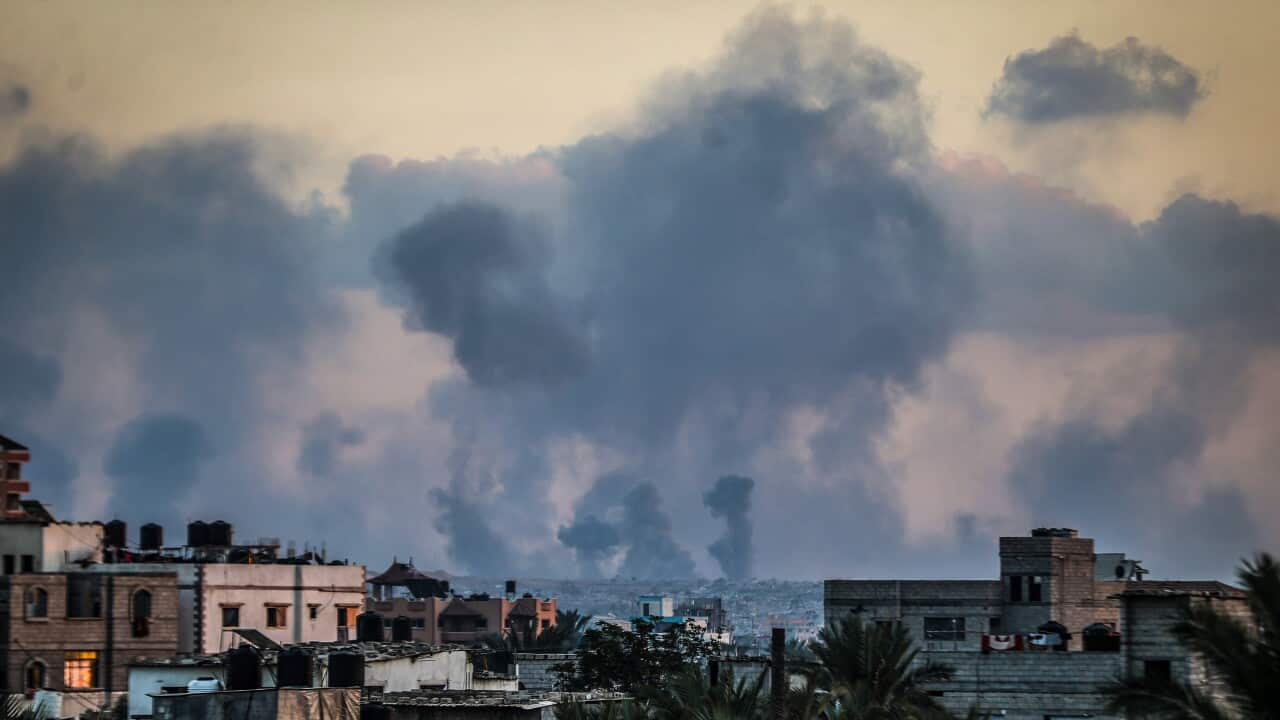Australia has some of the richest deposits of mineral sands and rare earth minerals in the world, and the US wants access to them, hoping to counter China’s dominance of the industry.
Here’s what the term rare earths refers to and why they’re not actually that rare.
What are rare earth minerals?
Rare earths are a group of 17 elements in the periodic table, most of them known as lanthanides.
They’re used in consumer electronics, weapons, electric vehicles, medical equipment and robots for example, and often relate to new technologies.
They’re crucial too for the green energy transition. Solar and wind energy and electric vehicles all depend on rare earth elements.
Dr Vlado Vivoda from the Sustainable Minerals Institute at the University of Queensland told SBS News earlier in the year that despite the name, they’re not actually scarce.
“So a lot of them are not actually rare, but they’re hard to mine and even harder to separate and process safely. So that’s what makes them geopolitically important.”
Rare earths are tightly bound together with other elements in nature, so separating them is a complex process often involving at least 50 stages.
Such operations are expensive, labour-intensive and often environmentally damaging.
Most countries have left the work to China, which Vivoda says emerged as a key player in the 1990s.
“China appeared as the ideal candidate to take in some of that industry, to do it at home with a bit more lax environmental regulations. And it was the cheapest place to do all this. Plus China had some of the largest reserves as well of rare earths.”
China now controls the majority of the rare earths supply chain, accounting for around 70 per cent of mining and 90 per cent of processing, according to the International Energy Agency.
That lion’s share is unlikely to change; however, over the next five years, Australia is on track to become the second-biggest producer of rare earth elements.
Earlier this year, China threatened to halt exports of rare earth minerals to the United States, amid an ongoing tariff row, after which Trump funded billions of dollars of incentives for investors in the minerals, as part of his ‘big, beautiful bill’.
In April, Albanese announced an initial investment of $1.2 billion to set up a strategic reserve of critical minerals, including rare earths, which he described as key to Australia’s national security “in a time of global uncertainty”.
Farmers gathered this month to protest against a pipeline to enable the Donald Mineral Sands project, south-east of Minyip in Victoria. Source: Supplied
The government has also agreed to loan over $2.6 billion to two firms to establish separate refineries — Arafura Rare Earths mine in the Northern Territory and Iluka Resources in Western Australia.
But Australia’s push to become a bigger player in the global race for rare earth minerals relies on digging up prime agricultural land, which has led to pushback from some farmers.








